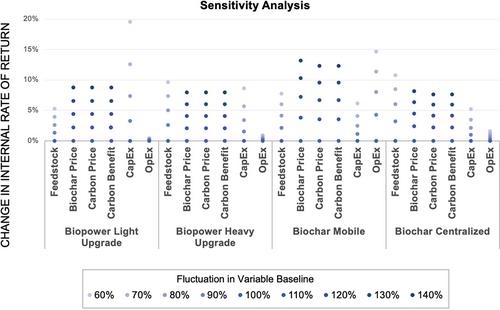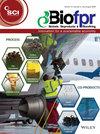Market analysis of coupled biochar and carbon credit production from wildfire fuel reduction projects in the western USA
Abstract
The investment potential for biochar production from low-value forest biomass in the western USA is over USD 20 billion at current carbon prices. This investment could generate approximately 70 million carbon credits annual – roughly the same number currently generated globally by all forestry and agricultural carbon projects. Biochar production that utilizes woody biomass specifically from wildfire fuel thinning projects as a feedstock can contribute financially to much-needed fuel thinning projects. Each coupled biochar and carbon credit production system has positive returns in certain scenarios. Light upgrades to existing biopower facilities have the highest returns, with internal rates of return generally between 10–30%. Mobile biochar production often had the lowest returns. However, land managers can subsidize mobile biochar production up to USD 150–300 per tonne of biochar and still save money in comparison with pile-burning low-value biomass while also generating approximately one carbon credit for every two bone-dry tonnes of low-value biomass turned to biochar. The critical barrier to industry growth is the lack of transparent biomass supply chains that enable long-term contracting for feedstock, production schedules, and investment. Moving forward, there are three potential pathways for the biochar industry to scale and utilize biomass from forest management and fuel thinning projects. Either (1) the carbon market will need to sustain high carbon prices, (2) a subsidy or other mechanism will need to decrease the cost of feedstock biomass, or (3) production will need to take advantage of economies of scale to bring down biochar prices while increasing production.


 求助内容:
求助内容: 应助结果提醒方式:
应助结果提醒方式:


